Introduction to Real-Time Risk Control
Real-time risk control is a critical component in today's fast-paced business environment. With the increasing complexity of transactions and the need for instant decision-making, the ability to manage risks in real time has become essential. This article aims to explore the concept of real-time risk control, its importance, and the technologies and strategies used to implement it effectively.
Understanding Real-Time Risk Control
Real-time risk control refers to the process of identifying, assessing, and mitigating risks as they occur. Unlike traditional risk management approaches that rely on historical data and periodic reviews, real-time risk control operates in the present, providing immediate insights and actions to prevent or minimize potential losses. It is particularly crucial in industries such as finance, cybersecurity, and e-commerce, where risks can evolve rapidly and impact operations significantly.
The Importance of Real-Time Risk Control
There are several reasons why real-time risk control is of paramount importance:
Immediate Response: Real-time risk control allows organizations to respond swiftly to emerging risks, reducing the potential for significant damage.
Enhanced Decision-Making: With real-time data, decision-makers can make informed choices based on the latest information, leading to better outcomes.
Cost Efficiency: By preventing or mitigating risks early, organizations can avoid costly incidents and investigations.
Regulatory Compliance: Many industries are subject to strict regulatory requirements, and real-time risk control helps ensure compliance with these regulations.
Technologies and Strategies for Implementing Real-Time Risk Control
Implementing real-time risk control requires a combination of advanced technologies and strategic approaches:
Data Analytics: Leveraging big data analytics, organizations can process vast amounts of data to identify patterns and anomalies that indicate potential risks.
Machine Learning: Machine learning algorithms can be trained to recognize and predict risks based on historical data and real-time inputs.
Artificial Intelligence: AI systems can automate the risk assessment process, providing real-time insights and recommendations.
Real-Time Monitoring: Continuous monitoring of transactions, systems, and processes allows for the early detection of risks.
Alert Systems: Automated alert systems can notify relevant stakeholders of potential risks, enabling prompt action.
Case Studies: Real-Time Risk Control in Action
Several industries have successfully implemented real-time risk control, leading to improved operations and reduced losses. Here are a few case studies:
Financial Services: Banks and financial institutions use real-time risk control to monitor transactions for fraudulent activities, preventing financial losses.
Cybersecurity: Real-time risk control systems help organizations detect and respond to cyber threats, protecting sensitive data and systems.
E-commerce: Online retailers use real-time risk control to identify and mitigate fraudulent orders, ensuring customer satisfaction and protecting their brand reputation.
Challenges and Considerations
While real-time risk control offers numerous benefits, it also comes with challenges and considerations:
Data Privacy: Ensuring the privacy and security of data used for risk control is crucial, especially in industries with strict data protection regulations.
False Positives: Real-time systems may generate false positives, leading to unnecessary alerts and actions.
Resource Intensive: Implementing and maintaining real-time risk control systems can be resource-intensive, requiring skilled personnel and advanced technology.
Conclusion
Real-time risk control is a vital tool for organizations looking to manage risks effectively in today's dynamic business landscape. By leveraging advanced technologies and strategic approaches, organizations can identify, assess, and mitigate risks in real time, leading to improved decision-making, cost efficiency, and regulatory compliance. While challenges exist, the benefits of real-time risk control make it a crucial component for any organization aiming to thrive in the modern marketplace.
转载请注明来自江苏安盛达压力容器有限公司,本文标题:《实时风控的英文翻译,风控英语翻译 》

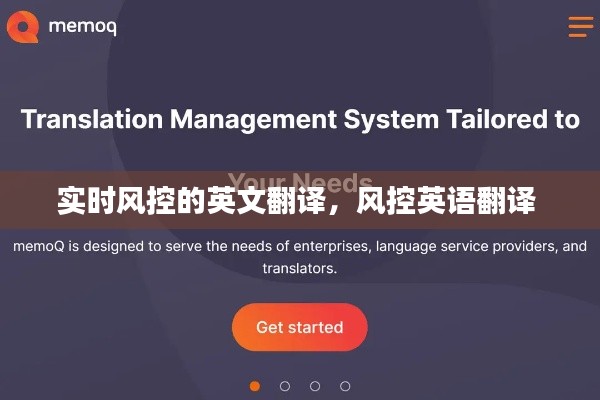




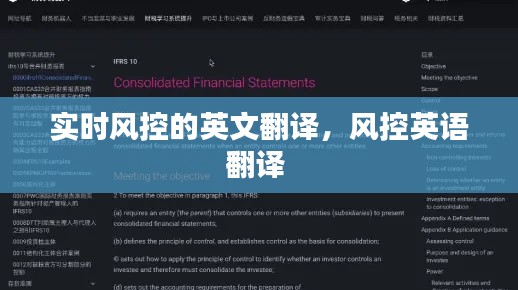
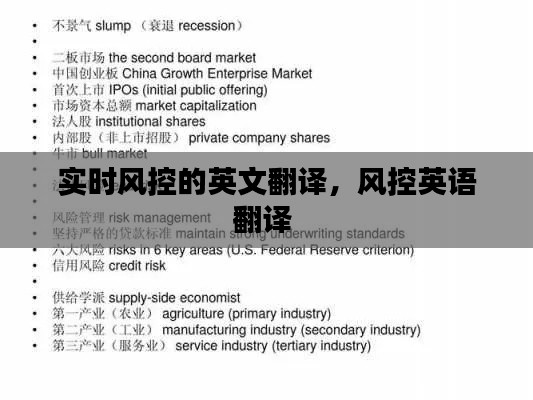
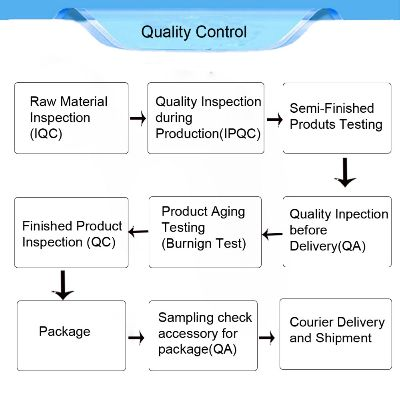

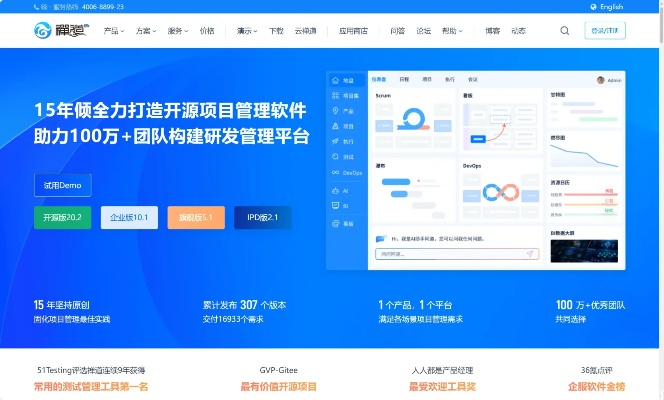





 苏ICP备2020065159号-1
苏ICP备2020065159号-1